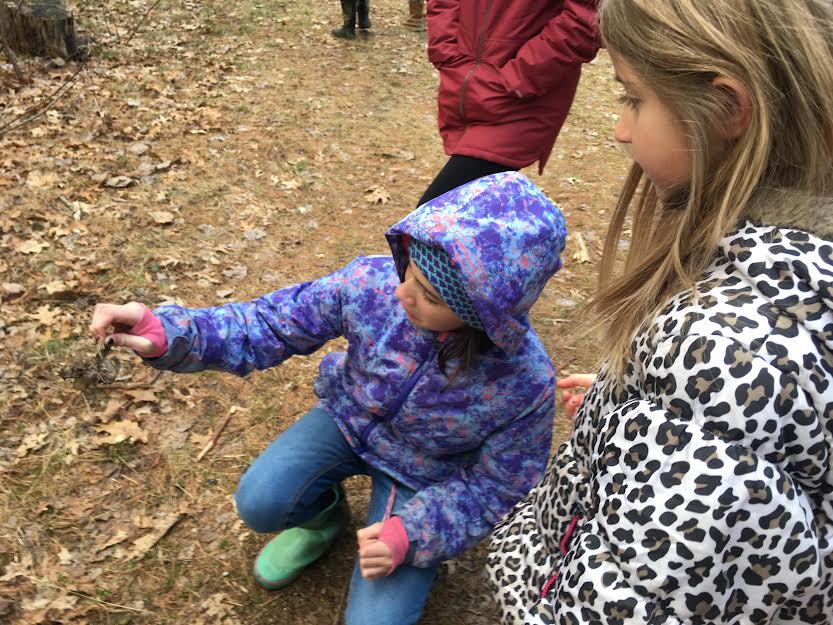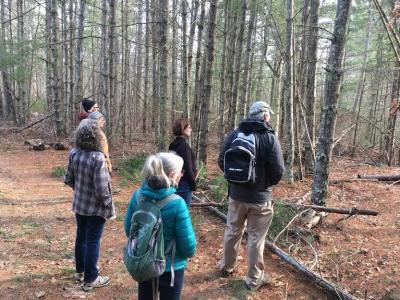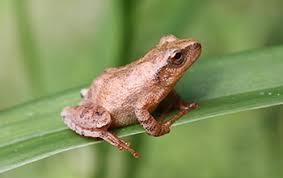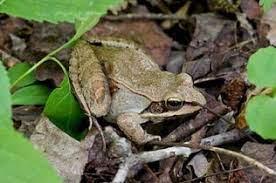Ribbet-ing experience: Frogs heard but not seen on land trust walk
MARION — The sounds of peepers served as a fitting musical backdrop as nature enthusiasts searched for frogs during a walk Saturday, March 26 at White Eagle and Goldovitz cranberry bogs and the Aucoot Woods.
During the walk, which was hosted by Sippican Lands Trust, the frogs were not seen but were definitely heard. Their calls made it vocally clear that spring has arrived.
The peepers, in particular, provided a cacophony of sounds. They are one of ten frogs that are native to Massachusetts and are usually the first to be heard in spring, Lorene Sweeney explained to walkers.
Sweeney, a long-time frog enthusiast who led the walk, explained that peeper sightings are rare, in part because the amphibians are small, about the size of a paper clip, and shy by nature. “You have to be very still’’ to observe them, and even then, “be in the right place at the right time.’’
In addition to the peepers, wood frog calls could also be heard, although more faintly. The setting is comfortable for them: They usually live in woodlands and take shelter in leaf litter during colder months.
Frogs serve an important role as an “environmental yardstick,’’ Sweeney said. Because frogs need clean water and habitat to thrive, the lack of one or the other will take a toll on the species.
Some frogs have been found in highly polluted water with defects such as extra legs, she said.
The walk showcased far better conditions for the frogs. The property contains several vernal pools, which are small bodies of water created from snowmelt and rain that dry up later in the season. Frogs often use these pools, which are safe from predators such as fish and crayfish, to lay eggs.
On the walk, the vernal pools observed showed no sign of frog activity. But discoveries were made.
A small piece of bone appeared to be from a deer, said Jim McBride, executive director of the trust. And just a week earlier, Sweeney pointed out, a bald eagle flew overhead before landing in a tree.
Sweeney hopes participants left the walk with a deeper appreciation for the potential findings in open spaces.
“I hope they take away a little knowledge and appreciate that we are in a place where we can hear things like frogs,’’ she said.















